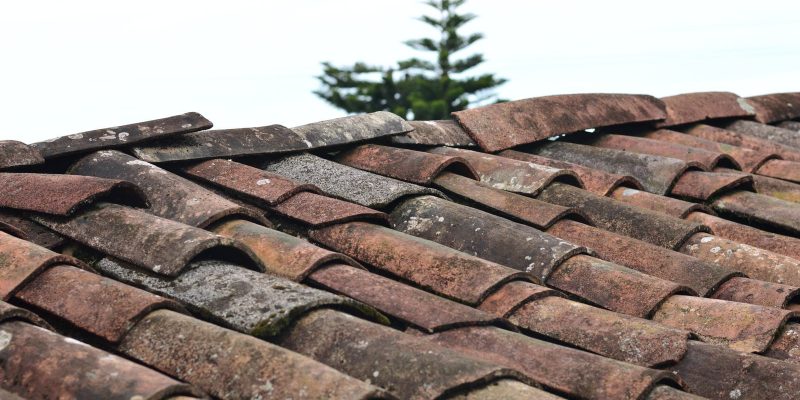Storms can be incredibly destructive and one of the most common types of damage caused by storms is to roofs. Whether it’s a strong gust of wind that knocks tiles off or heavy rain that causes water damage, storm-damaged roofs are an all too common occurrence. If your roof has been damaged by a storm, you need to take action quickly in order to minimize further damage. Here are 6 steps you should take when dealing with a storm-damaged roof.
1. Hire a roofing company as soon as possible
It is important to contact a professional roofing company right away when dealing with storm-damaged roofs. Make sure you research any potential roofers before hiring them – look for testimonials, and reviews and check that they are certified and insured. A competent roofer can assess the severity of the damage, and repair or replace damaged tiles or shingles quickly and safely. You can find roof maintenance and inspection in West Columbia if you live in the area. They will be able to advise you on how best to proceed with your repairs too. It’s important to note that you should never climb onto a damaged roof yourself, as it can be dangerous.
2. Secure the site for safety
If a tree has fallen on the roof, or if you need to access the roof for repairs, make sure it’s safe before beginning any work. Remember to wear protective clothing and safety gear such as goggles and gloves. Make sure all people and animals are kept away from the area while repairs are being made. Also, take the necessary steps to secure the area, such as erecting warning signs or fencing so that no one can accidentally wander into a hazardous zone.
3. Take photos of the damage
Take photos of the roof before repairs begin so that you have a record of the damage. This can be used to help your insurance claim, as well as provide evidence if there are any disputes over the extent of the damage. Make sure to capture several angles, and get close-ups of any visible damage too. Additionally, note any prior damage that might be relevant, such as broken tiles or missing shingles. While you’re at it, take interior photos of any water damage inside the house.
4. Contact your insurance company
It’s important to contact your insurance provider after a storm to assess the damage and determine what the policy will cover. Be sure to document the damage with photos and video before you make any repairs so that it can be properly assessed. It’s also recommended to get multiple estimates from licensed roofing companies in order to ensure that you are getting a fair price for repairs. Also, make sure you ask your insurance provider if they offer any discounts for storm-related repairs. This can help to ease the financial burden of a storm-damaged roof.
5. Make temporary repairs
If you have some roofing materials and tools on hand, make temporary repairs to the damaged area. This includes covering any exposed areas with a plastic sheet and using nails or screws to seal them down. Make sure that when making these repairs, you are taking every safety precaution necessary for your own safety as well as those around you. It’s important to note that these temporary repairs are only meant to help in a situation where the roof is leaking until you can get it professionally repaired.
6. Monitor the roof for further damage
Once the storm has passed and you have ensured that your roof is safe, it is important to monitor it for further damage. This can be done by checking for any signs of water seepage or dripping, making sure that all shingles are still attached properly, looking for any loose hardware such as nails or screws coming out of the roof deck, and inspecting the flashing around chimneys, plumbing vents, and other penetrations. You should also check the attic space regularly to make sure there are no new moisture issues inside the home. It is not uncommon for additional damage to occur after a severe storm even if initial repairs were made in a timely manner.
Storms can cause extensive damage to roofs and can be costly to repair. Taking the necessary steps, such as ensuring that the site is secure, documenting all of the damage, contacting your insurance company, making temporary repairs if needed, and monitoring the roof for further damage are essential in order to stay safe and save money on storm-damaged roofs. With the right approach, you can rest assured that your roof will be repaired properly and in a timely manner.





















